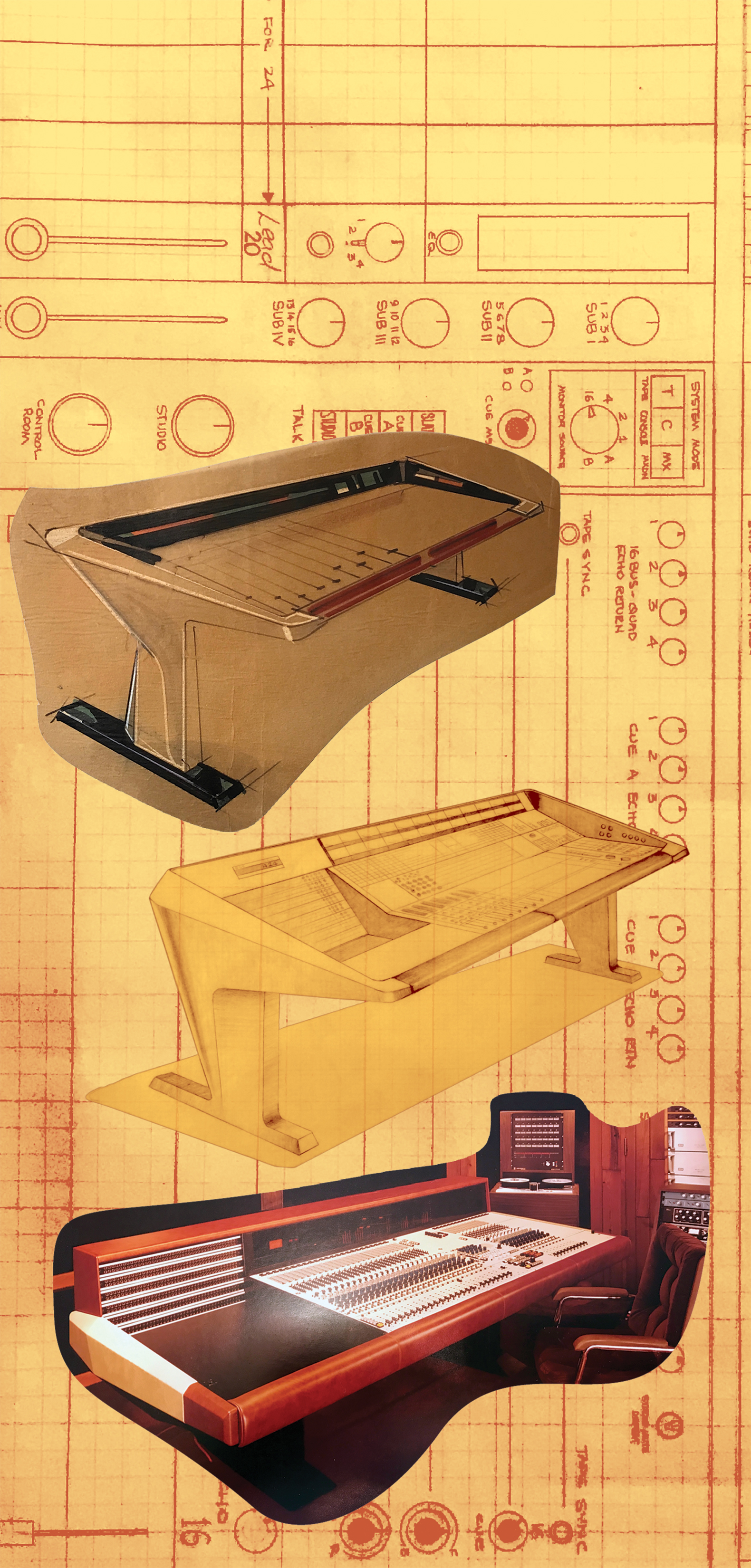When looking for a new TT patchbay with DB25 connectors to add to the several I already have, I needed options beyond the typical offerings; something that was a step up in terms of quality and reliability. It also needed to be portable, with a solid build. A good patchbay is not cheap, and in my experience you get what you pay for.
When I stumbled upon Bittree audio patchbays after a bit of web surfing, I was intrigued. The term "military specs" gets tossed about in the marketing pitches of some audio manufacturers, but Bittree actually builds audio and video patching systems for submarines and other military communication applications, where equipment failure can have a much more consequential result than a misstep in the studio. But don't assume Bittree patchbays are designed by someone with no sense of what working in a recording studio is like; very much the contrary. Bittree's founder Glenn Gerrard entered the music business in 1968, building and maintaining speakers, tape machines, and recording studios for Motown Records in Detroit. Gerrard moved to Hollywood in 1971, working for Motown founder Berry Gordy Jr. when the company relocated in 1972. He also worked for Merv Griffin's Trans-American Video television studios starting in 1974, where the tedious process of hand wiring patchbays into inflexible, hard-wired architectures inspired him to develop better solutions.
One of his solutions got my attention. In addition to its build quality specs, the Bittree PS48DB25F patchbay is programmable from the front, by simply removing the scribble strips. This may not sound like a big deal, but being able to access the normalizing and grounding functions from the front is a big deal, and makes life easier by not having to crane your head around to the back of a gear rack to see what you are doing.
This 48-channel unit sits perfectly on top of the classic API 6-slot 500 Series Lunchbox chassis. If you are not familiar with patchbays, not sure if you need one, or just need to know how to use them, there is a good article in Tape Op #29. All this talk of patchbays being "normalled," "half-normalled," etc., can be confusing, but once you understand what it all means - and how it can greatly improve efficiency and flexibility for your studio workflow - you will see the benefits and never look back. The one aspect of this patchbay that can be elusive or nonexistent in many other products is the flexible grounding scheme for each jack. Each one can be set to bused, isolated, or looped, and this awesome feature allows for the best grounding schemes according to the gear being used.
A patchbay doesn't (and shouldn't) sound like anything. It must pass clean signal with solid connections, while remaining free of hum, crackles, or noise. After using the Bittree PS48DB25F for several months I have had zero issues, and it passes the "sounds like nothing" test with flying colors. Connections are solid. Not overly tight, but firm. I have it un-racked for ease of use when traveling, but an optional rack-mount kit is available. Build quality, easy access to the normalizing scheme from the front panel, and an attractive price makes this a no brainer purchase for a first patchbay or addition to a pro setup. The biggest compliment I can pay the ProStudio PS48DB25F 500 Series patchbay is that I haven't had to think about it since it showed up and was put into service. It just works flawlessly, delivering clean signal and flexible routing options every day without one hiccup. Perfect.




_disp_horizontal_bw.jpg)